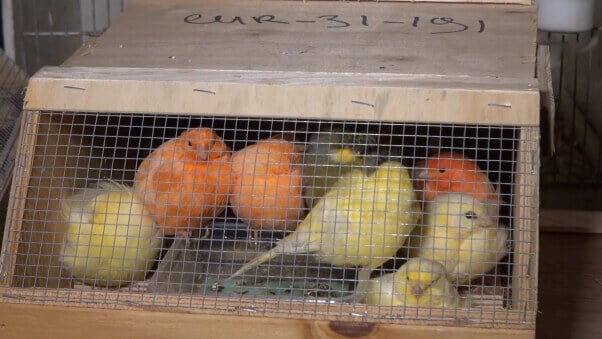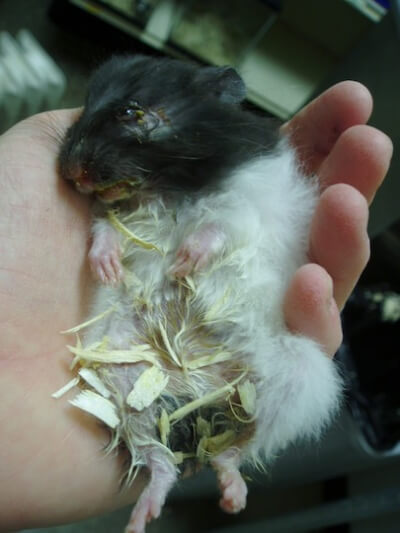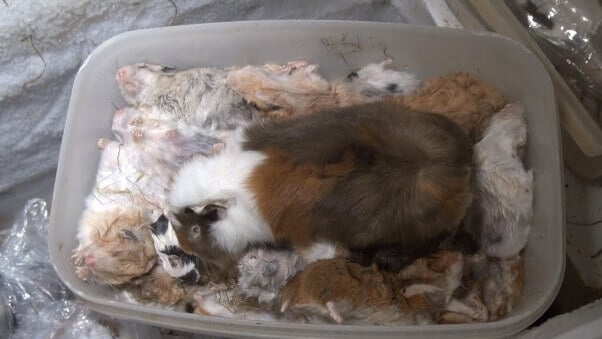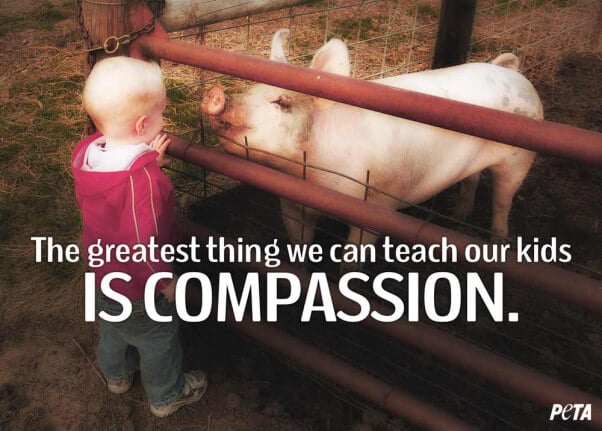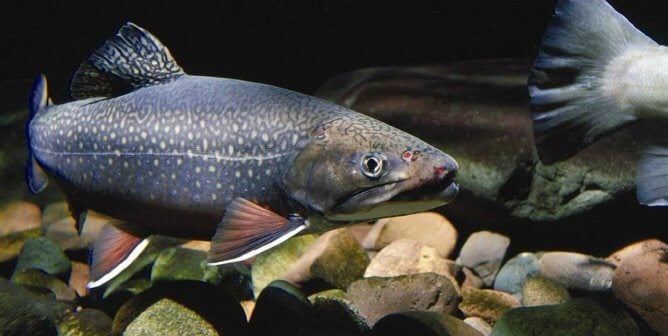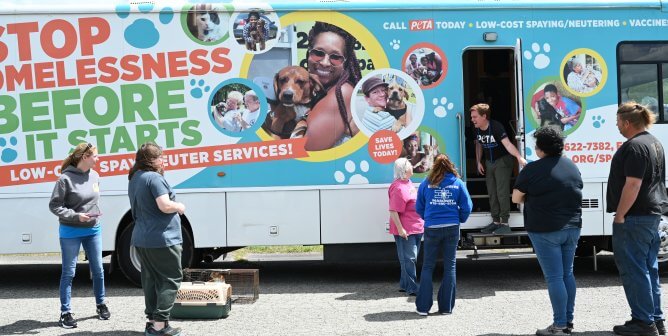‘Classroom Pets’ Teach Kids The Wrong Lesson
Teaching kids to have empathy for all beings is a big step toward building a better, more compassionate world. As kids across the country head back to school, there is something important to keep an eye out for.
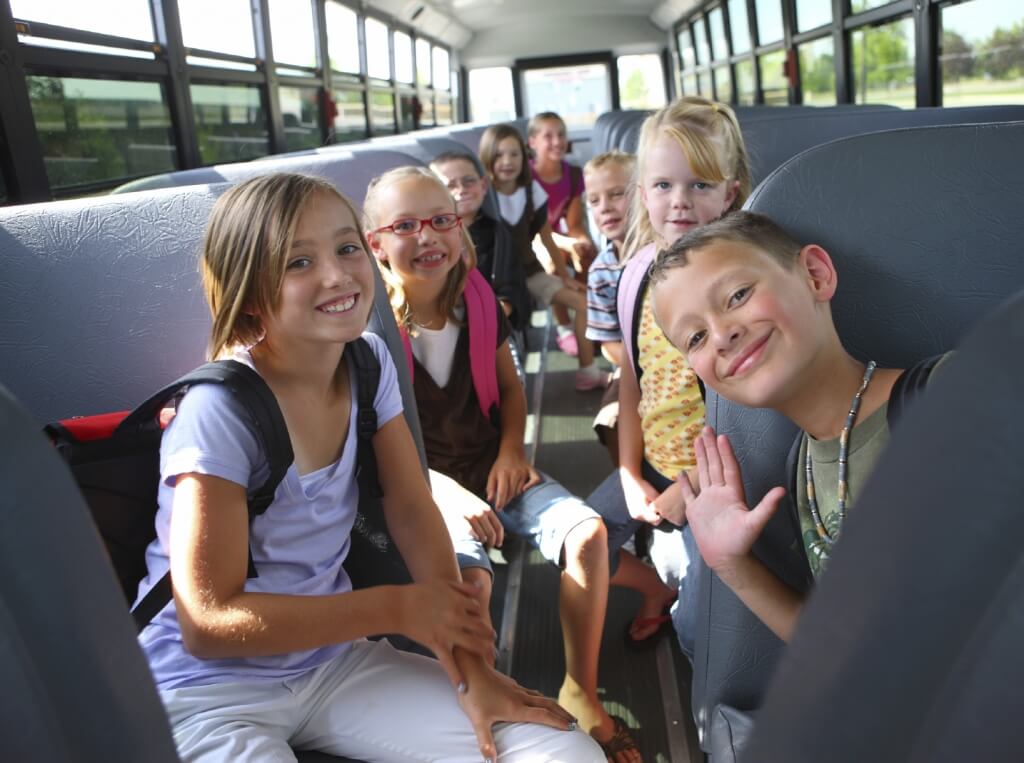
Some teachers mistakenly believe that having animals in their classrooms is a good way to teach students about responsibility, animal care, and science. While these teachers undoubtedly have good intentions, a classroom simply isn’t a suitable home for an animal.
Here are six reasons why you should speak up if you discover that a child’s classroom has or is planning to get a “pet”:
1. It supports breeders and the cruel pet trade.
Many small animals used as class “pets” come from cruel breeding facilities where they’re kept in filthy and severely crowded conditions, deprived of proper veterinary care, and starved, among other abuses. Breeders also directly contribute to the severe animal overpopulation crisis and hurt shelter animals’ chances of finding a good home.
2. It’s unnatural.
When animals are confined to a small cage or tank in a classroom, their natural behavior is thwarted. For example, mice and many other small mammals are nocturnal, yet they’re regularly kept in brightly lit classrooms and removed from their cages throughout the day. Imagine how stressful it is for an animal to be frequently handled by children and exposed to loud noises while trying to sleep.
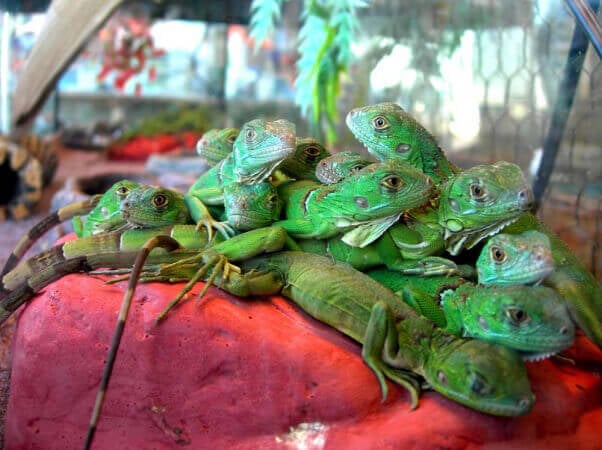
3. The animals are often left alone or even abandoned.
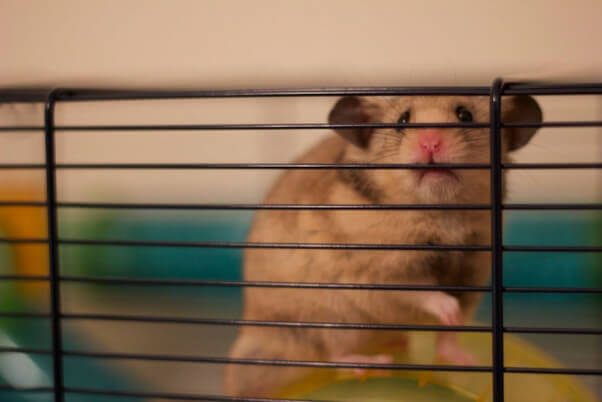
Class “pets” are vulnerable to illness and neglect, as they’re regularly left unattended at night and on the weekends. During school breaks, it can be difficult to find someone who can take them home. More often than not, if a student does volunteer, the home isn’t screened and the family is unprepared for the specialized care that small animals require (which can lead to tragic consequences). If no students or teachers can take the animals in over the summer holiday, they are often discarded at already overworked shelters.
4. It’s a health risk.
Keeping animals in the classroom can cause health problems for both animals and students. Many kids have allergies, which can be exacerbated by animal dander. Dangerous bacteria such as salmonella can be spread by handling reptiles and frogs, and hamsters and other rodents can carry transmittable diseases, too.
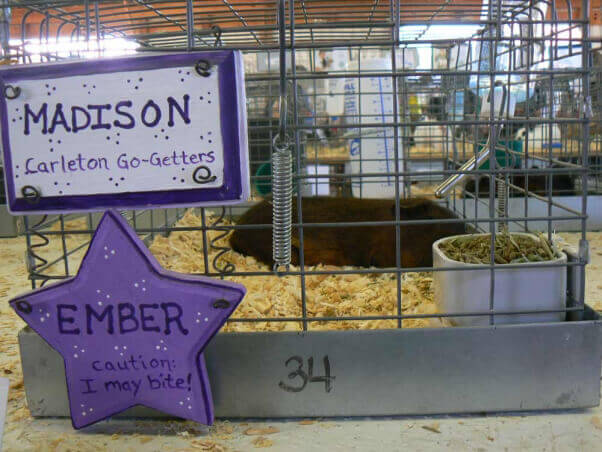
5. The animals are at risk of abuse.
PETA has received many reports of neglect and cruelty to animals who were kept in schools, including the following incidents:
- A snake was stolen from a classroom enclosure and cooked to death in a school microwave.
- Two chinchillas were beaten and left for dead.
- A lamb was stolen from a school’s agriculture building, spray-painted, duct-taped to the outside wall of a building, and left overnight in freezing temperatures.
- A rabbit in a daycare center showed symptoms of illness but died without receiving any veterinary care.
6. There are better ways to teach.
Kids can learn responsibility and develop respect for animals in countless ways that don’t put any animals at risk, such as field trips to animal shelters or sanctuaries. They can learn about animal behavior and the life cycle by observing local wildlife, watching documentary films, or using computer programs. Responsibility can be taught through community service projects and by caring for indoor plants or a school garden. Children should never be given the impression that animals are classroom “tools”—there’s never any excuse for putting an animal’s well-being at risk.
If you are an educator, parent or other family member, or a student yourself, you are in a good position to teach children that all animals experience pain and loneliness, just as humans do. Teaching empathy and compassion not only helps animals but also lessens the likelihood that kids will become bullies or otherwise harm other kids. We know, for example, that many violent offenders, including many serial killers, started out harming animals before moving on to human victims.
If you hear of a classroom with an animal, politely express your concerns and encourage the teacher to find a more suitable home for the animal.
Need help?
TeachKind, PETA’s humane-education division, works with hundreds of school teachers and staffers across the country to help schools incorporate humane education into their curricula, start animal-rights clubs, replace animal dissection with humane alternatives, get healthy vegan options in their cafeterias, and more. Click here to learn more about TeachKind today!
Then, share this page with all the teachers and students in your life.

